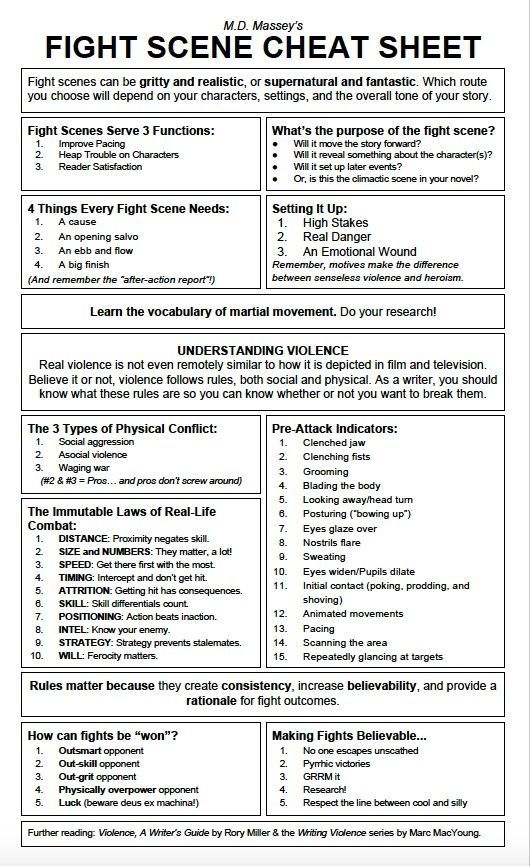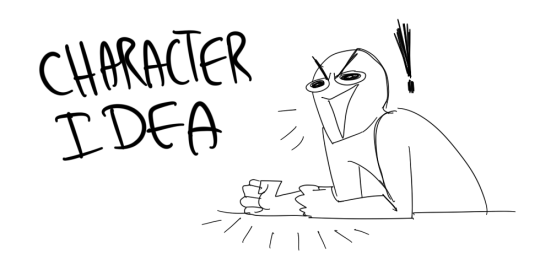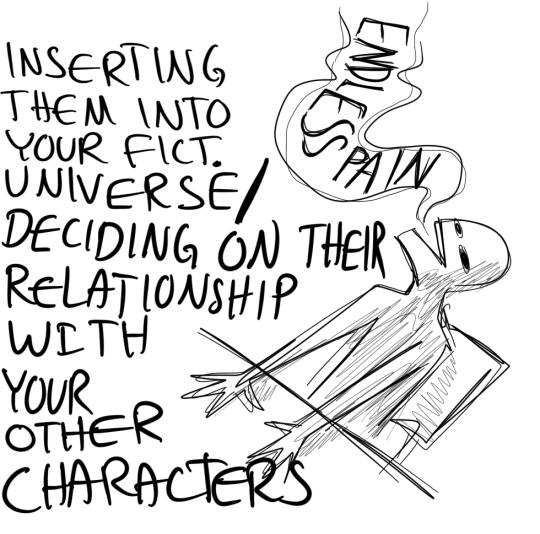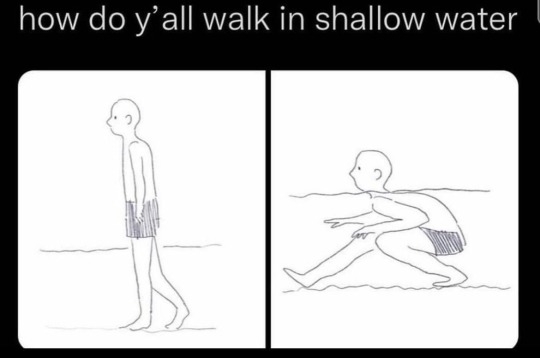Cranky Gen-Xer who hasn't figured out how to grow up, and will probably never grow up because growing up sucks. I also come with warning labels: my brain is everywhere and nowhere at once. I am hyperactivity incarnate.Some days, I'm the asshole; other days, I'm the hemorrhoid.
Don't wanna be here? Send us removal request.
Photo



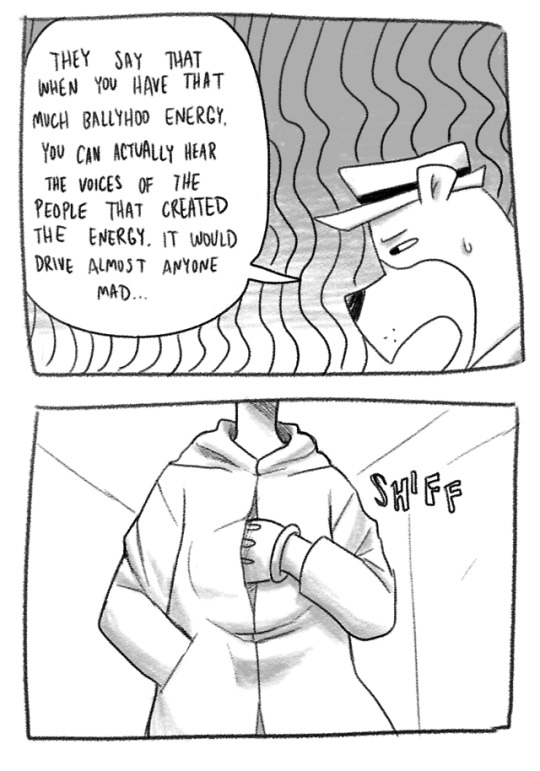
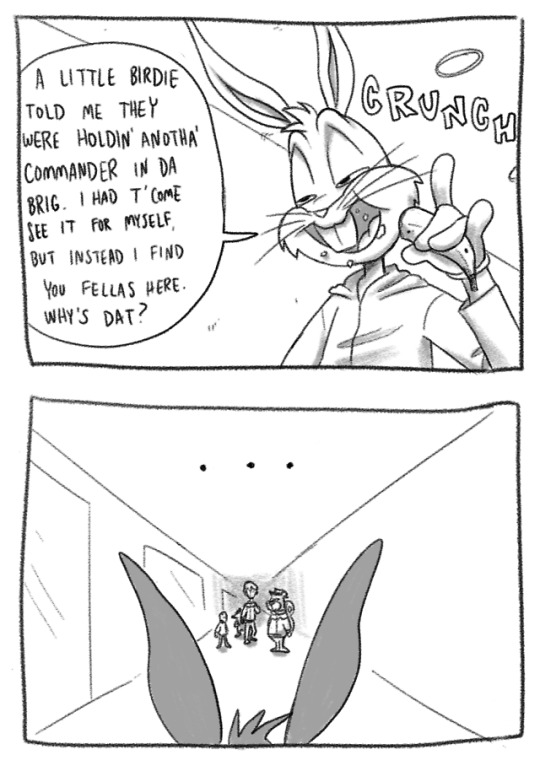


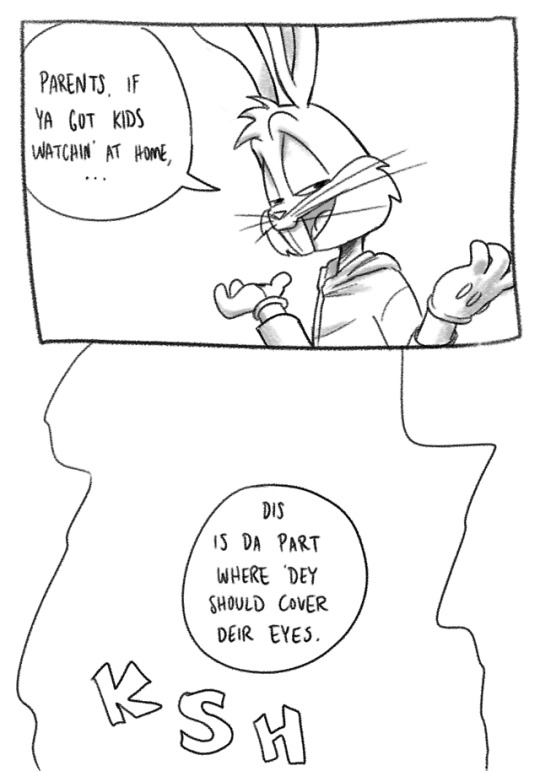

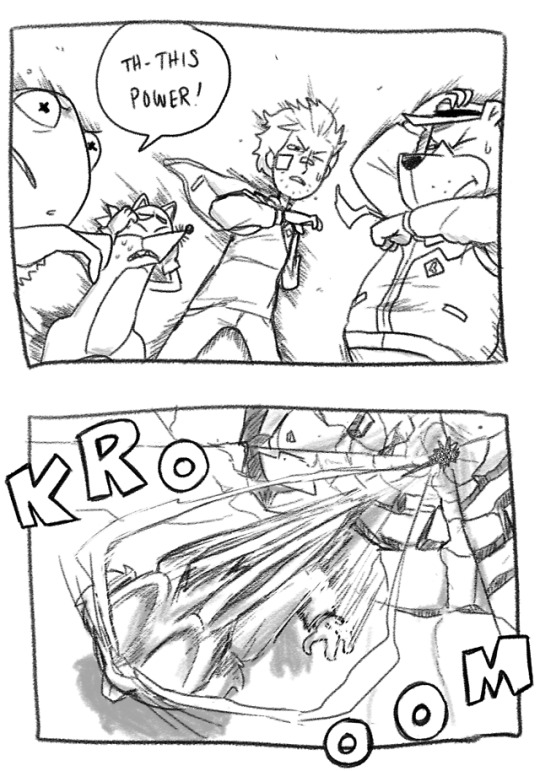
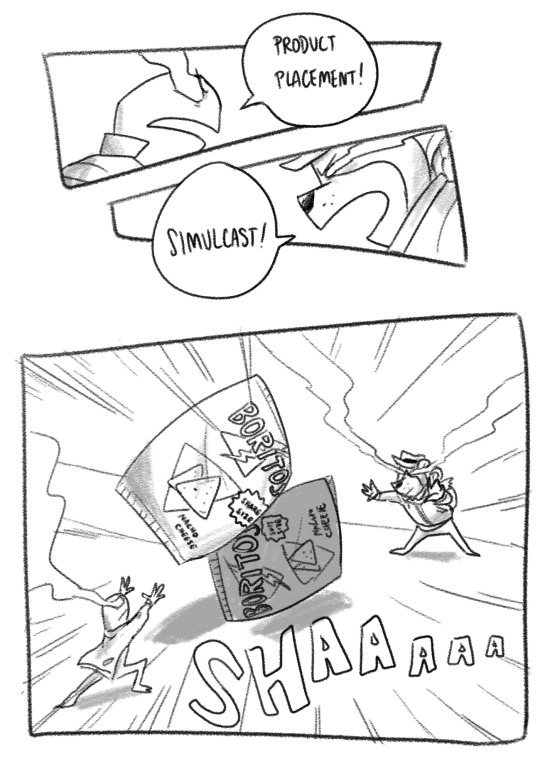

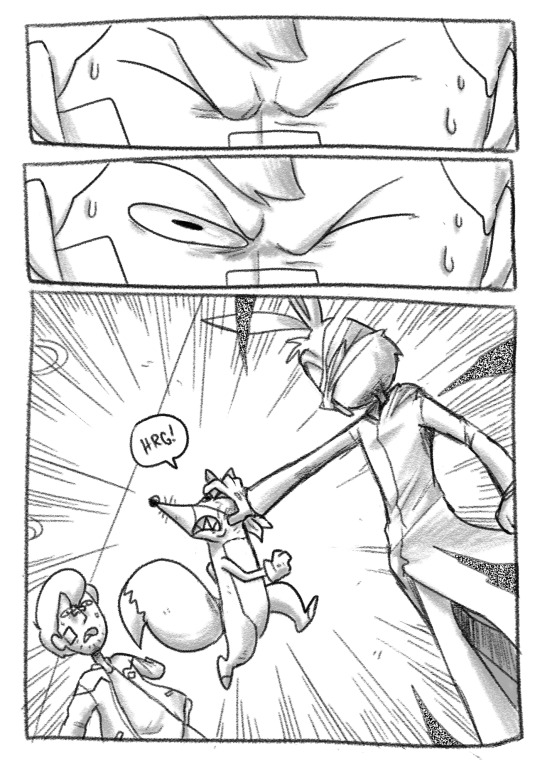
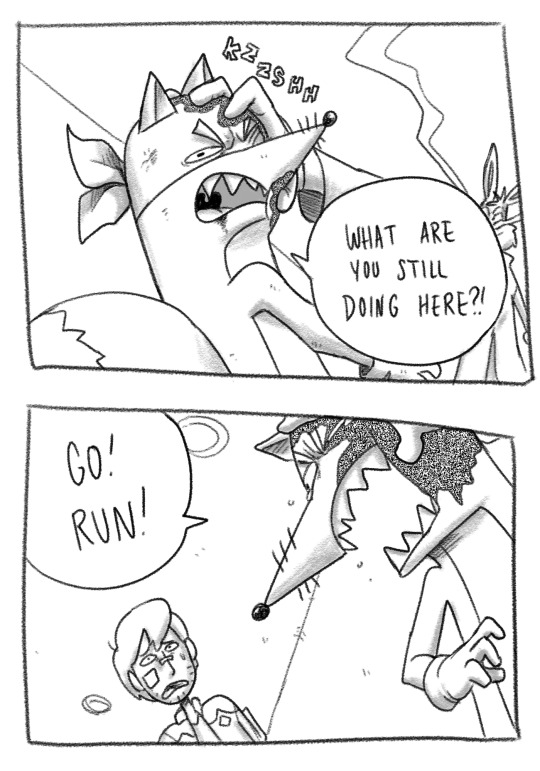

Like, shit man!
[Read the full story]
Twitter
Instagram
202K notes
·
View notes
Text
When your Character Tells a Lie

Lie detection is a sophisticated and elusive art form. Some people are natural deceivers, and it can take a lot of finesse and expertise to discern whether or not they’re misleading you.
Deception Detection Techniques
A few techniques to ferret out indicators of deception:
Notice atypical vocabulary. Pay attention to whether the person starts using third-person pronouns instead of first-person ones throughout your conversation. This verbal cue might indicate they’re trying to distance themselves from the action of the story and deceive you.
See if they buy themselves time. Some people lie without any anxiety, but many others find untruthfulness nerve-wracking. You might notice this latter group trying to change the subject, stuttering, and otherwise buying themselves time after you ask them a pointed question. Keep track of facial microexpressions and other fidgety body language to further shore up your case that they might be lying.
Think about their past track record. Ask whether the person has a history of telling white lies or fibs. This might not correlate to them lying to you in the present moment, but it suggests they have no problem playing fast and loose with the truth when necessary. In the same way, if someone has a long track record as a truth teller, it’s less likely they’re lying to you but still not impossible.
How to Tell If Someone Is Lying
Some tips from former FBI criminal profiler John Douglas to try to understand and possibly detect deceptive behaviors.
Consider the level of empathy. Think about the person you’re talking to and ask whether or not they seem capable of empathy. “That’s the lesson I took away from . . . John Wayne Gacy, the total lack of empathy,” John recalls, “Pathological liars possess those same traits and can, therefore, be very convincing.” When someone lacks an ability to relate to the happiness and pain of others, it’s a telltale sign lying might come easy to them.
Destabilize the liar. Pay attention to how the potential liar reacts when you throw them a curveball during your conversation. “Ask unexpected questions to catch someone off guard,” John suggests. For example, change the subject to make small talk about something like the weather or a recent sports game. By doing so, you reduce the prevalence of lying in your conversation, making it easier for you to notice any differences in how the subject talks about the truth versus any potential lies.
Establish a baseline. To notice signs of deception, you need to know what a person acts like when they’re at ease and telling the truth. “Watch for changes in behavior,” John says. When you have more of a baseline understanding of a person’s natural behavior, it becomes easier to single out erratic or off-kilter mannerisms indicative of deception.
Learn as much as you can. To detect all potential signs of lying, learn as much as you can about the person you’re talking to ahead of time. John believes the reason he’s had such success rooting out lies from criminal interviews is because “before [he does] any kind of interview like that, [he is] armed with information.” In such a high-stakes environment, knowledge is power.
Monitor combativeness. If someone becomes hostile during the course of an ordinary conversation, it could be a red flag they’re lying to you. “[Liars] can also have a tendency where they wanna fight,” John says. “So they're taking on this extremely stiff personality—really, really stiff where they're not moving at all.” Sudden combativeness like this can be a dead giveaway the person is trying to hide some aspect of the truth from you.
Never trust a polygraph test. Within the law enforcement community, polygraph tests are subject to a great deal of controversy. “The theory behind a polygraph is when people are lying, they experience a different emotional state than when they are telling the truth,” John says. “Their heart rate increases, they sweat more, or their breathing changes. These are all physical signs of anxiety that are difficult for the body to hide. But some people can [hide them].” This applies to both the criminal psychopaths John interviewed as well as less egregious pathological liars.
See what liars hide in plain sight. Pay attention to how the person might hide their lies behind their public persona. “John [Wayne Gacy] told us in his interviews that being a clown was the perfect disguise,” John Douglas remembers. “He said, ‘Being a clown, someone who performs for parents and children in the community, people just trust you.’ It was one of the deceptions Gacy used to hide his monstrous activities in plain sight.”
Watch body language. You don’t have to be a body language expert to notice a liar acting in an erratic manner. “Avoiding eye contact, repeating a question when you ask them a question, they repeat the question because they're looking for time,” John says. “They need time to come up with a deceptive answer to you. They may be fidgeting. Their posture, it may be in this fight-or-flight syndrome.”
Source ⚜ More: Notes & References ⚜ Writing Resources PDFs
105 notes
·
View notes
Text
349K notes
·
View notes
Text
someone on twitter is trying to claim that use of an em-dash is an indication of AI-generated writing because it’s “relatively rare” for actual humans to use it. skill issue

60K notes
·
View notes
Text
being neutral about other peoples kinks is necessary by the way. when consenting adults are doing things between consenting adults, and you prioritize your discomfort over their autonomy and right to exist safely in a space without having their private interests excavated and recontextualized to make them out to be predators, that says way more about your willingness to place yourself in the position of moral authority than it does about them and you deputizing yourself on the basis of nothing but vibes and your personal traumas makes you very dangerous politically.
36K notes
·
View notes
Text

Dropping this here for anyone who may not already know about it. paywallreader.com
65K notes
·
View notes
Text
Writing Notes: Non-Linear Storytelling

Non-linear Narrative - a narrative technique in which the storyline is told out of chronological order.
That can take many forms by using:
flashforwards
flashbacks
dream sequences
foreshadowing
Non-linear plotlines can mimic the recall of human memory, or weave in fantastical elements like time travel or clairvoyance.
Advantages of Using a Non-Linear Narrative
Non-linearity as a narrative structure might be a challenge to pull off—the order in which everything is presented must still be logical, if not chronological—but when done well, it allows a more nuanced, masterful story to emerge.
Intrigue. By disorienting the reader, a nonlinear structure creates a puzzle that requires more engagement with the individual pieces of the story. Cause and effect cease to be predictable or immediately visible, allowing the reader to curate their own logic. When a novel opens with a murder, the series of events that follow carry greater weight and add to the anticipation of the final (known) outcome. When the reader knows more about a character’s fate than they do, opportunities also arise for moments of irony, be they tragic or comic.
Worldbuilding. Not only can you use a non-linear structure to incorporate different time periods into your story, taking a momentarily different point of view can give the reader more insight into other aspects of the setting—think subplots unfolding on the other side of the world that will eventually become meaningful, or perhaps historical events that come to bear on the lives of your characters.
Depth of character. The more the reader learns of your main character’s backstory, the better they understand the choices they make throughout the narrative. Instead of simply telling the reader your character is an orphan, send them back to the moment they became one. Those experiences stay with the reader as they continue through the story.
Flow. Nonlinear storytelling moves your narrative form into something closer to art. While humans might be instinctually drawn to the neatness of chronological order, they are enchanted by the complex. Interchanging the main plot with a non-linear plot allows you to capture more of what it means to be human, and then some: giving shape to all the connections that bind a group a people together, though they themselves remain blind to it.
Examples of Non-Linear Narrative
Non-linear storytelling goes as far back as the 5th century, with flashbacks peppering the timeline of the Indian epic, the Mahabharata, which tells of two clashing groups of cousins. Homer’s Iliad used a technique called in medias res, where the story starts at its mid-point.
The non-linear is still going strong in the 21st century: here are a few new and noteworthy examples.
Virginia Woolf’s To The Lighthouse follows a family’s visit to the Isle of Skye over a ten-year period. Featuring no dialogue and almost no action, the novel unfolds in thoughts, observations, and childhood memories reflected against the present moment.
In William Faulkner’s The Sound and The Fury, the narrative is pieced together by separate members of a fractured aristocratic family. Each section jumps forward and back in time, covering the events whose ripples have led to the present fate of the family.
Kurt Vonnegut, whose book Slaughterhouse-Five utilizes flashback and time travel to illustrate the life of American soldier Billy Pilgrim.
Science-fiction writer Ted Chiang’s first-person short story, Story of Your Life (which was later made into the film Arrival) examines the existence of free will in the face of the inevitable. Told from the point of view of a Louise, a linguist who learns an alien language that allows her to view her future and comprehend time in a nonlinear way, the story opens with the birth of her daughter; the reader only learns later that she knew the child would die young and still chose to fulfill that destiny.
In Audrey Niffenegger’s The Time Traveler's Wife, protagonist Henry De Tamble lives with a genetic disorder that forces him to sporadically travel through time with no warning. He falls in love with an artist (who lives an ordinary life on a standard linear timeline) and continues to jump in and out of moments in his own life, sometimes with dangerous consequences.
Source ⚜ More: Notes & References ⚜ Writing Resources PDFs
95 notes
·
View notes
Text
This tutorial has been sitting in my drafts just begging to be finished for the last two years, and now I've decided to finish it. Enjoy! *passes out*
Seriously, the reason I finished this is I have another tutorial coming that is basically the same process but ditches Daz Studio entirely.
0 notes
Text
One More List of "Beautiful" Yupik & Iñupiat Words
for your next poem/story
Aitaupayagaq - nestling
Akwarpak - forever
Angninriyagartuq - the dear little one is no longer happy
Angyaq - boat
Aumaq - ember
Ceńircaqliraanga - he finally visited me
Ciilernaq - dragonfly
Kaganaq - wolf
Kuuvviaq - coffee
Nanelviituq - there’s no place like it
Naucirivik - garden
Neqnirqellria - honey
Neryartuq - he is eating berries while picking them
Niicuuq - he hears well; he is mindful; he hears and heeds
Pelicqiq - purple
Qerriryak - silver
Sitḳuḳsimanaḳtuḳ - is tragic
Suraq - blueberry
Takaryugtuq - he feels shy, respectful
Tangerrsailkutaq - camouflage
Tep’aryaq - driftwood
Tipigiḳsaun - perfume, incense
Unipchaaḳ - fable, myth, story
Yagneq - fathom
Yuuyugartuq - he is enjoying life
Sources: 1 2 3 ⚜ More: Word Lists ⚜ Part 1 ⚜ Part 2 ⚜ Writing Resources PDFs
52 notes
·
View notes
Text
3 notes
·
View notes
Text
Context is important! Pole and sex work are inextricably linked, but there are distinctions between them. Strippers made this hobby what it is, and taught me what I know, and while I haven’t lived that life, I’m honoured to stand on their shoulders.
I hear Patreon has cool stuff
41K notes
·
View notes
Text
Gratitude Journals Suck
Jess' asshole hot-take of the week: Gratitude Journals suck. Also, "mindfulness" is a buzzword and anyone using it can eat my ass.
Seriously, though. Why? I've always hated the term "Gratitude"—maybe because of the number of times over the course of my life that "gratitude" has been used as a means to hurt me.
Weaponized gratitude is a thing and it bugs me that therapists who push gratitude journals or gratitude "practices" choose to ignore this fact. I'll be honest—there's something smarmy about the word "gratitude" that grates on my nerves. The last time a person used that word in my hearing, I had to resist the urge to kick them in the stomach as hard as I could.
When I hear the word "gratitude," it makes me think of this song by Faith No More. Which was a response to the incredibly arrogant tone of "Do They Know It's Christmas" by Bandaid.
As for "mindfulness"? The first thing that pops into my head is the dumb, bimbo white chick eating granola and saying "namaste" while incorrectly waving around a bundle of burning sage 🙄
I'm gonna throw mindfulness and gratitude up there with so-called "clean-eating." Something for suburban women to convince themselves that they're changing the world and that it somehow makes them better than everyone else.
2 notes
·
View notes

